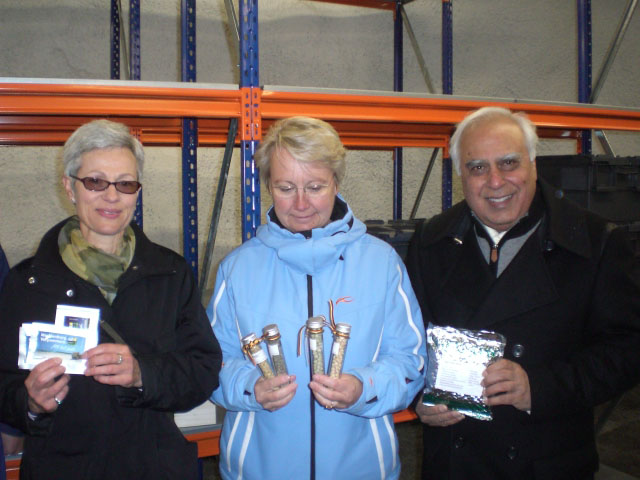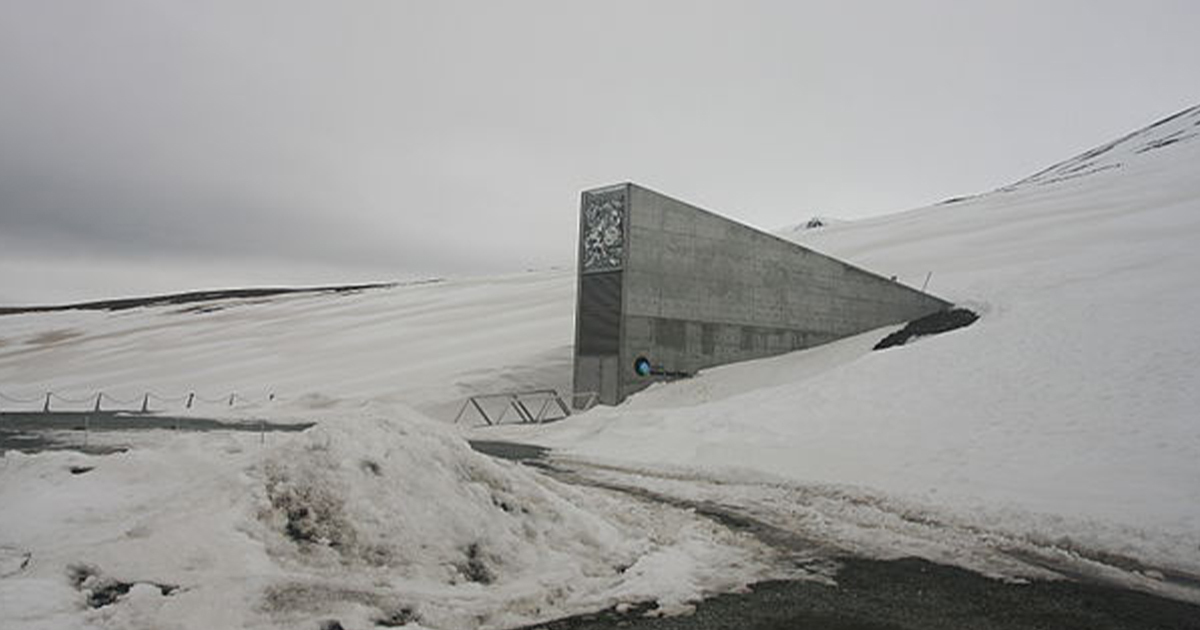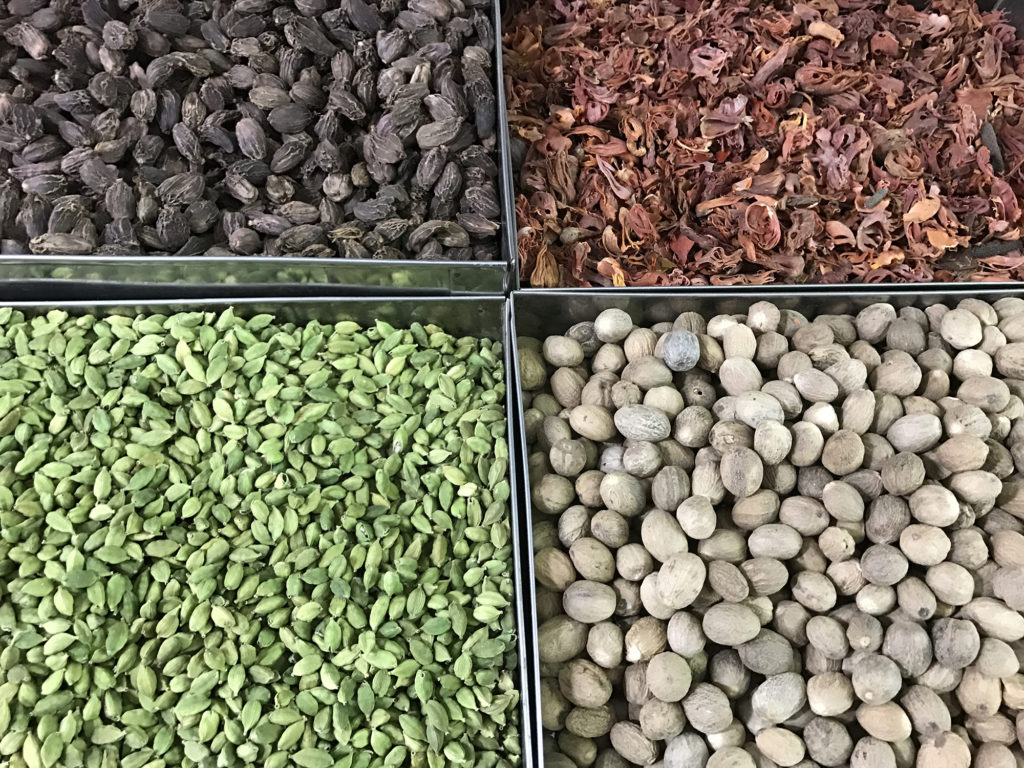The Doomsday Vault
Deep within the Arctic Circle, on the Norwegian island of Spitsbergen in the remote Svalbard archipelago, is one of humanity’s most important conservation projects—the Global Seed Vault.
Nicknamed the “Doomsday Vault”, the Global Seed Vault is a facility designed to safeguard invaluable seeds of the world’s food crops—an important resource for future generations.
Location and Geographical Significance
 Dag Endresen, Wikimedia Commons
Dag Endresen, Wikimedia Commons
The Global Seed Vault’s remote location was chosen strategically for it’s isolation and permafrost conditions.
The location is roughly 1,300 kilometers from the North Pole, far from major population areas. This lessens the risk of human-made and natural disasters.
The cold environment is crucial for long-term seed preservation.
Even with the concern of global warming, Svalbard is expected to remain one of the coldest places on Earth, making it the best location to ensure safe seed preservation for future generations.
The Vault’s Purpose
 Dag Endresen, Wikimedia Commons
Dag Endresen, Wikimedia Commons
The primary purpose of the Global Seed Vault is to act as a backup storage facility for the world’s crop diversity.
It’s a joint effort by multiple countries to ensure the world’s future food supply.
In the event of a global crisis, these seeds could be used to regrow crops and restore agricultural ecosystems.
Types of Seeds
The Global Seed Vault currently has 642 million seeds, with a capacity to store up to 2.5 billion.
About 69% of the seeds are grains, with rice being the most at 85 million seeds. Legumes constitute 9% of the collection.
The rest of the seeds include about 6,000 different species of fruits, vegetables, herbs, and other plants. This includes naturally occurring hallucinogenic seeds, such as cannabis and opium.
Genetically modified organizes (GMOs) are not included.
Global Contributions
A total of 223 countries and 76 institutions have contributed to the vault.
The country that has contributed the most is currently India, with 95 million seeds deposited.
It’s important that the vault’s collection includes a wide range of seeds from different climates and geographical regions to guarantee a comprehensive backup of agricultural biodiversity.
As more nations recognize the importance of the Global Seed Vault, more contributions are made.
Construction of the Vault
The vault was built in 2008, and it is designed to last.
It’s built into the side of a sandstone mountain to ensure a constant low temperature and low humidity environment, which is ideal for seed preservation.
To improve the preservation, the facility also includes an advanced cooling system set to -18 degrees C within the storage areas.
The vault was built 130 meters above sea level, which safeguards its safety and longevity, particularly from climate change.
The electricity in the vault comes from Longearbyen’s public power plant, as well as on-site generators that will supplement power during power outages.
Design
The design of the Global Seed Vault was meticulously planned. The structure will be able to withstand natural and man-made disasters, including earthquakes and even nuclear detonations.
The storage facility includes three large halls, each measuring about 9.5 x 27 meters. Each hall can hold around 1.5 million seeds.
At this time, only one of the halls is used for storage.
Longevity and Durability
 Banja&FransMulder, Wikimedia Commons
Banja&FransMulder, Wikimedia Commons
As mentioned previously, the design and the location were specifically chosen to ensure the vault’s longevity. It’s expected to preserve seeds for thousands of years, with minimal maintenance.
The permafrost conditions act as a natural refrigeration system, and the design of the structure protects the contents from possible environmental hazards.
Funding and Management
 Ministry of Science & Technology (GODL-India), Wikimedia Commons
Ministry of Science & Technology (GODL-India), Wikimedia Commons
The funding for the Global Seed Vault comes from various governments and organizations around the world.
The Norwegian government primarily financed its construction. Ongoing operational costs are shared between various partners which include the Crop Trust and the Nordic Genetic Resource Center.
The fact that the Global Seed Vault is a collaborative project highlights the importance of shared global responsibility.
Comparison With Other Seed Vaults
 Cierra Martin for Crop Trust, Wikimedia Commons
Cierra Martin for Crop Trust, Wikimedia Commons
The Global Seed Vault is not the only seed vault on Earth. In fact, there are thousands of seed banks worldwide. What makes the Global Seed Vault unique is its scale and purpose.
The Global Seed Vault is the master backup to these other see bands. It safely holds duplicates of seeds that are also stored elsewhere.
The vault can also hold a significant amount more than the other seed banks.
Seed Withdrawal Protocol
The only time seeds can be withdrawn from the vault are when the original collections are lost or destroyed.
This first happened in 2015, when seeds were withdrawn to replace some lost in a seed bank in Syria, due to the civil war.
When those seeds were later successfully regrown, they were redeposited back into the vault.
Access and Security
 Dag Terje Filip Endresen, Wikimedia Commons
Dag Terje Filip Endresen, Wikimedia Commons
The vault has a very tight security system. Only authorized personnel can access the vault. This ensures the integrity of the seed samples.
Even scientists and researchers do not typically work inside the vault. It is solely for secure storage.
Staffing and Operations
 Dag Endresen, Wikimedia Commons
Dag Endresen, Wikimedia Commons
Given it’s strict security system, the vault operates with very minimal staffing. There is really only people there for security and facility maintenance.
A very small team oversees the entire facility making sure the temperatures and humidity levels stay consistent and that the seeds are properly catalogued.
Final Thoughts
The Global Seed Vault is a testament to global cooperation. It is an extremely important insurance policy against future crises that could threaten global food security.
Its existence protects and preserves Earth’s natural resources that sustain life on our planet.














